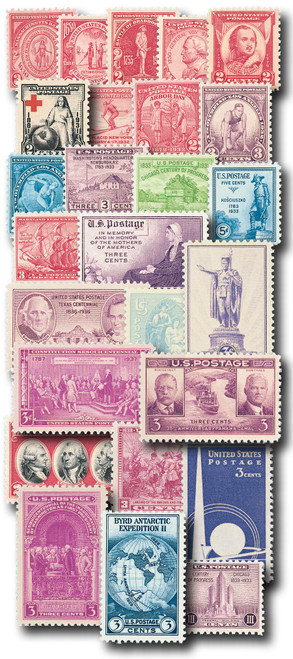
1936 3c Susan B. Anthony
# 784 - 1936 3c Susan B. Anthony
MSRP:
Was:
Now:
$0.35 - $50.00
(You save
)
| Image | Condition | Price | Qty | |
|---|---|---|---|---|

|
Classic First Day Cover
ⓘ
Ships in 1-3 business days.
Ships in 1-3 business days.
$ 17.50
|
$ 17.50 |
|
0
|

|
Mint Plate Block
ⓘ
Ships in 1-3 business days.
Ships in 1-3 business days.
$ 3.00
|
$ 3.00 |
|
1
|

|
Mint Stamp(s)
ⓘ
Ships in 1-3 business days.
Ships in 1-3 business days.
Free with 130 Points
$ 0.50
|
$ 0.50 |
|
2
|
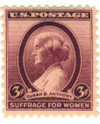
|
Mint Stamp(s)
Fine
ⓘ
Ships in 1-3 business days.
Ships in 1-3 business days.
$ 1.00
|
$ 1.00 |
|
3
|
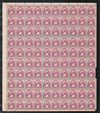
|
Mint Sheet(s)
ⓘ
Usually ships within 30 days.
Usually ships within 30 days.
$ 50.00
|
$ 50.00 |
|
4
|

|
Mint Stamp(s)
Fine, Never Hinged
ⓘ
Ships in 1-3 business days.
Ships in 1-3 business days.
$ 1.20
|
$ 1.20 |
|
5
|
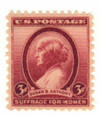
|
Mint Stamp(s)
Very Fine
ⓘ
Ships in 1-3 business days.
Ships in 1-3 business days.
$ 1.20
|
$ 1.20 |
|
6
|

|
Mint Stamp(s)
Very Fine, Never Hinged
ⓘ
Ships in 1-3 business days.
Ships in 1-3 business days.
$ 1.30
|
$ 1.30 |
|
7
|

|
Used Single Stamp(s)
ⓘ
Ships in 1-3 business days.
Ships in 1-3 business days.
$ 0.35
|
$ 0.35 |
|
8
|
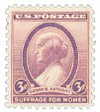
|
Unused Stamp(s)
small flaws
ⓘ
Sold out.
Sold out.
Sold Out
|
|||
Mounts - Click Here
| Mount | Price | Qty |
|---|
U.S. #784
1936 3¢ Susan B. Anthony
1936 3¢ Susan B. Anthony
Issue Date: August 26, 1936
First City: Washington, DC
Quantity Issued: 269,522,200
Susan B. Anthony was born on February 15, 1820, in Adams, Massachusetts
!



